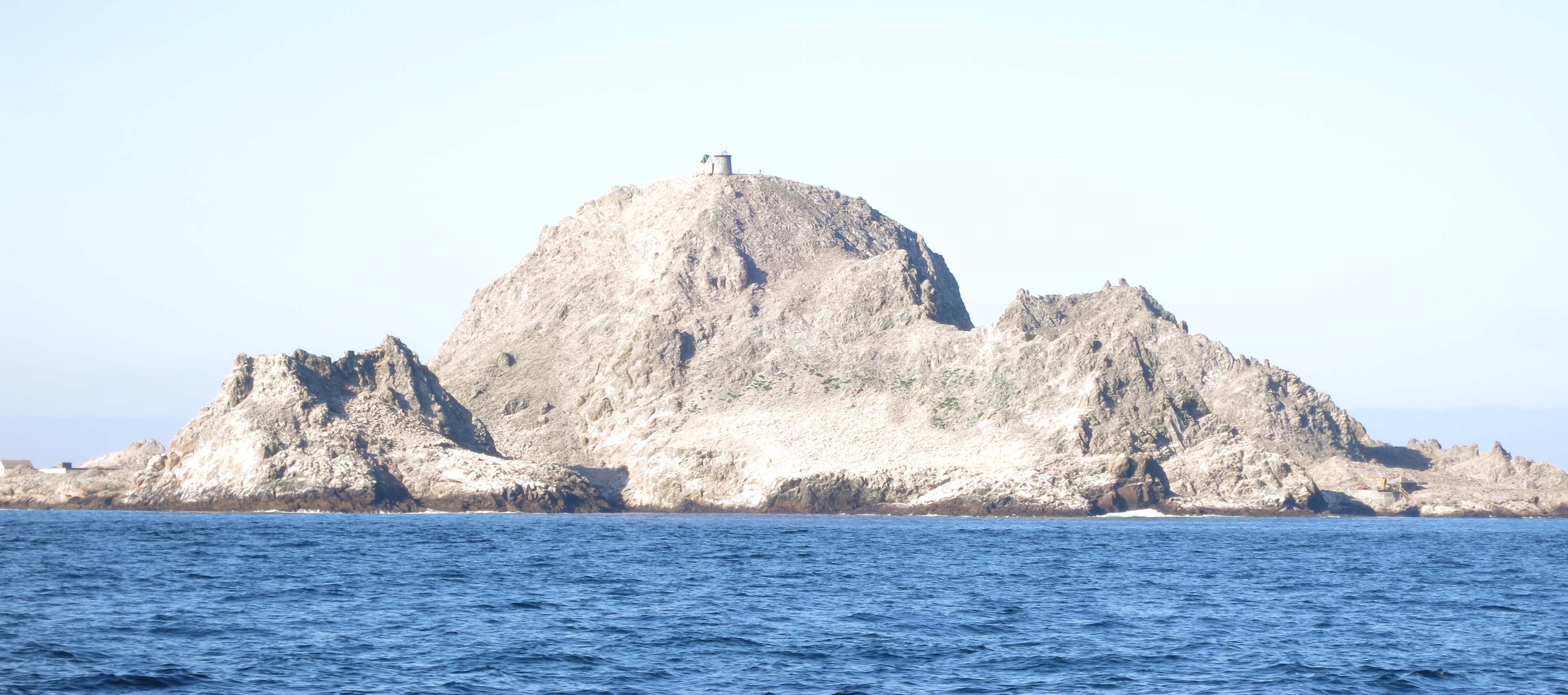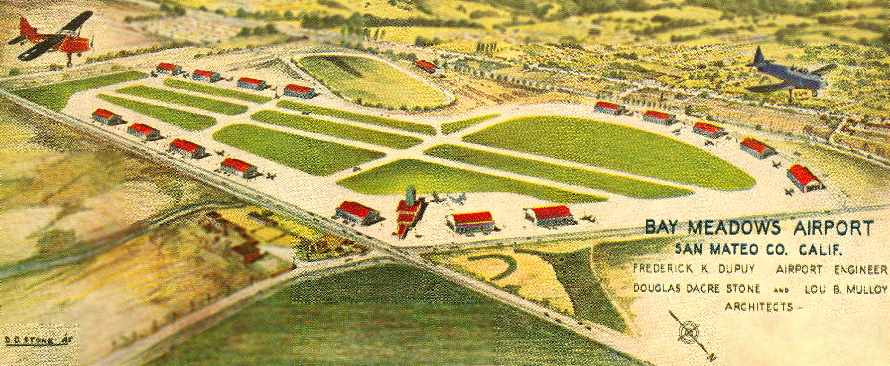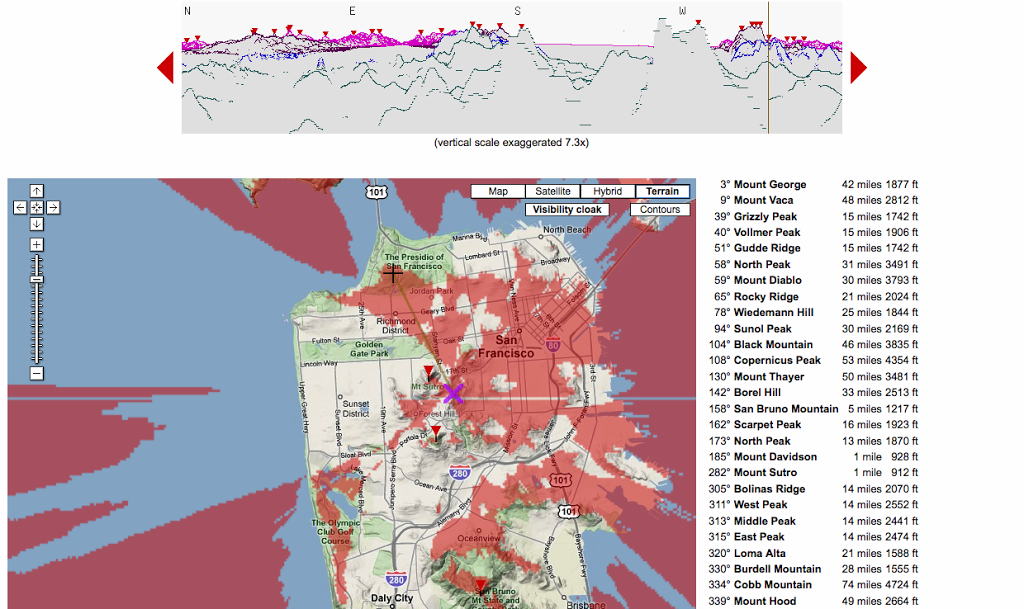Encryption is in the news again. Various three letter government organizations want to have backdoors in devices like cell phones for surveillance. Of course that means that with a back door or exploit into an operating system or application anyone can track traffic from these devices. Trying to limit it to “lawful interception” would be impossible.
Encryption has two significant rolls; security from third party viewing the traffic and authentication so you have some confidence that you are talking to the right party. Having traffic in the clear, without encryption means that your communications can be easily captured and your session could be spoofed. You certainly don’t want your web sessions with your bank in the clear where a nefarious party can watch your traffic and even spoof your session to transfer your funds to them. Internet commerce would not work without encryption.
The encryption method that web sites use is called HTTPS. It uses a protocol called TLS to set up an encrypted session between you and the web site. The nice thing about HTTPS and TLS, is that it can use a number of different strong ciphers to make it pretty difficult for third parties to sniff your traffic. It also uses a “chain of trust” system in order to have some authentication that the web site you are using is really the site you think it is.
Up until recently, setting up HTTPS and acquiring and setting up the certificate for the web site has not been for the faint of heart. It also has been pretty expensive. Purchasing a certificate can run between $250 and $500 a year. Your personal web site or even a small company, may not have the coin to purchase a certificate. As such, many sites have opted not to run HTTPS and will run the more common and insecure HTTP protocol. This is where Let’s Encrypt comes into this story.
To quote from Let’s Encrypt’s web site:
Let’s Encrypt is a free, automated, and open certificate authority (CA), run for the public’s benefit. Let’s Encrypt is a service provided by the Internet Security Research Group (ISRG). The ISRG is a non-profit with the mission to “reduce financial, technological, and education barriers to secure communication over the Internet.”
Let’s Encrypt is doing just that. It addresses the speed bumps to creating secure communications; it is free and it is simple. For most operating systems and web servers, it just means downloading the Let’s Encrypt software, running it and restarting the web server. Your site would be up and running with a valid HTTPS session. Although this is true for most Linux distributions, it isn’t quite there for UNIX-like systems like FreeBSD of which this site uses. It did take me a bit more hacking around to get this to work. Googling around, you can find out how to get this software to work on FreeBSD as well as how to configure your web server (eg. Apache on this box) to use Let’s Encrypt’s certificate as well as updating when the cert expires.
One of the nice things about Let’s Encrypt is the process to prove who you are to the Let’s Encrypt process. Normally with any other certificate authority, it would mean email, phone calls, etc back and forth a number of times. This can take hours or days to process. The Let’s Encrypt process just requires you take down your web site for the short period you run the Let’s Encrypt client. Running the client will put up a little website that the Let’s Encrypt servers will validate against. If you have control over your domain, this process will work and the Let’s Encrypt servers will hand back a certificate for your web site that is good for 90 days. From then on, you just run the client software say once a month to update the certificate. Any operating system has a way to running scheduled applications such as “cron” for Linux/FreeBSD. Oh… and all of this is free.
So there shouldn’t be an excuse to running a non-encrypted web site now. Protect yourself and your users by using HTTPS with Let’s Encrypt.
[A very nice page detailing how to install and renew Letsencrypt certs for Ubuntu can be found at: https://www.digitalocean.com/community/tutorials/how-to-secure-apache-with-let-s-encrypt-on-ubuntu-14-04 – Tim]




